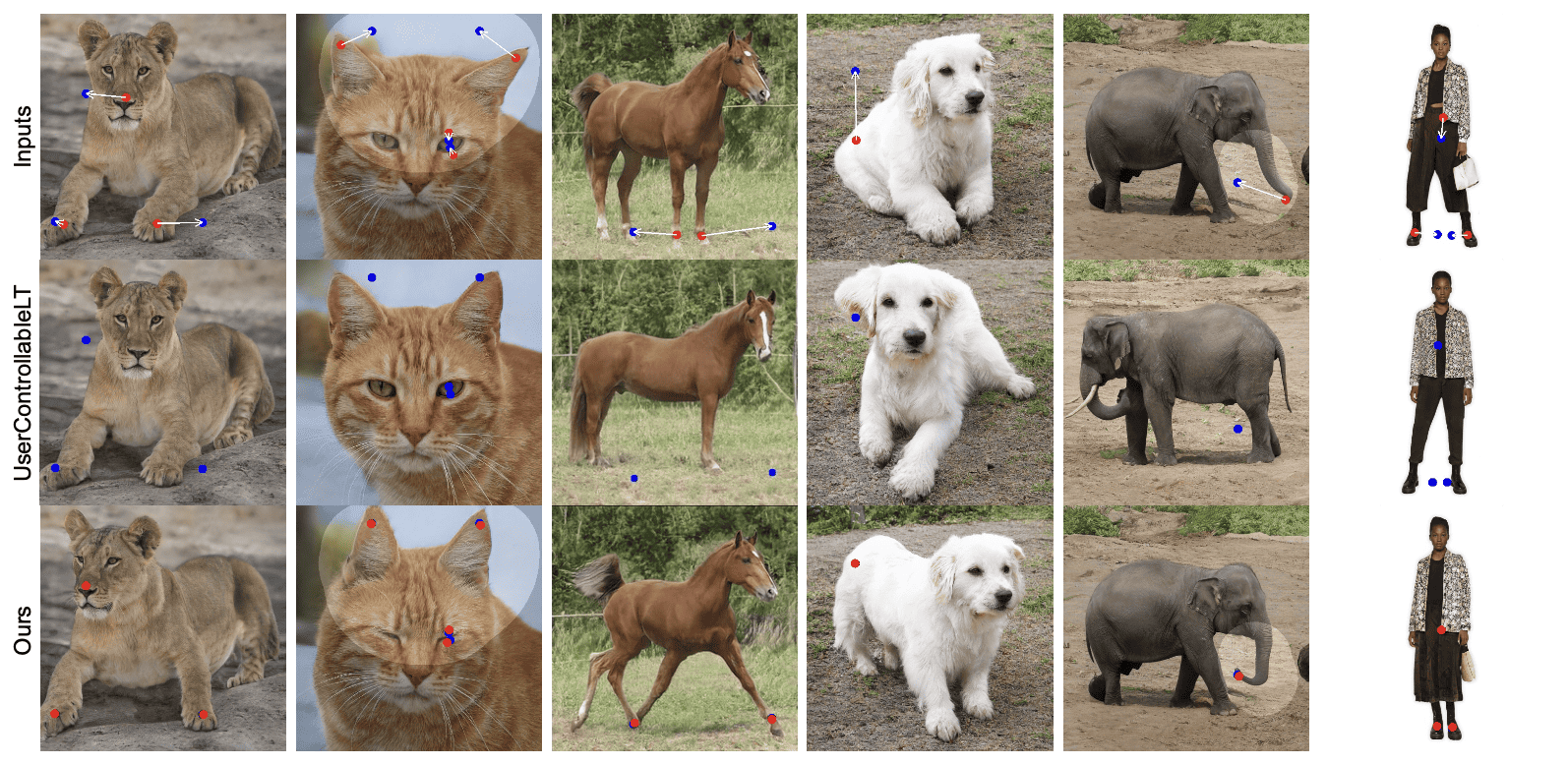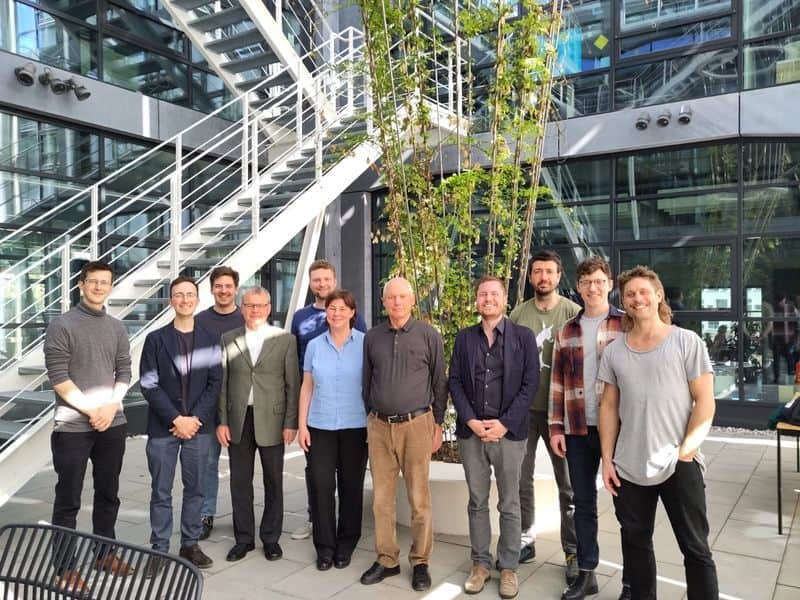
Godfather of evolutionary theory and naturalist Charles Darwin (1809 – 1882) already assumed that there had to be something even smaller than the protozoa that were visible under the microscope in the “clear blue water” of the ocean. And he was right. Today we know that “every liter of ocean water is teeming with hundreds of millions of microorganisms,” as marine biologist Rudolf Amann says. He is director of the Max Planck Institute of Marine Microbiology in Bremen.
Amann and his colleagues have conducted extensive research into the importance of these microorganisms for the metabolic processes in oceans. This has produced some surprising results. This metabolic cycle is different than previously considered.
Metabolism, biomass and the world’s oceans
“Although they are only micrometers in size, the amount and the high metabolic rate of [microorganisms] determine the energy flows and the conversion of biomass in oceans,” states Tobias Erb. He’s a scientist at the Max Planck Institute for Terrestrial Microbiology in Marburg. The scientists explain that they have discovered a metabolism method that “plays an important role in the microbial degradation of algae biomass in the ocean.” For future calculations of the carbon dioxide balance of the world’s oceans, it is particularly important to know how the exact processes take place at a molecular level. At the same time, we also need to be aware of the global distribution.
What happens to the carbon contained in glycolic acid?
Single-cell algae (also known as phytoplankton) convert carbon dioxide into biomass. Other microorganisms continue to process many thousands of tonnes of algae biomass on surface water. That’s when the algae excrete the carbon out again, or after the algae bloom has died. Glycolic acid, a direct by-product of photosynthesis, plays a decisive role in this process. Bacteria partially convert this substance back into carbon dioxide.
The researchers then explain that, in order to understand the global consequences of this and its consequences for climate change, it is essential to have an accurate knowledge of the bacterial breakdown of algae biomass. Consequently, it is necessary to know exactly where and to what extent these nutrient networks are occurring. And moreover, what happens to the carbon in glycolic acid. That totals about one billion tonnes per year. This was not exactly apparent until now.

The mystery of the fourth enzyme
During subsequent research with databases, he saw a cluster of four genes that provided building codes for four enzymes. Although three combined enzymes are sufficient in order to further convert a compound derived from glycolic acid. That’s why Schada von Borzyskowski did a laboratory test with this fourth enzyme to find out what its role is. He discovered that in this context, the enzyme provides a previously unknown reaction, referred to as imine reduction. The metabolic process is completed with this fourth reaction by creating a cycle “which allows the carbon in glycolic acid to be converted without releasing carbon dioxide.”
More articles on marine pollution can be found here
Metabolic cycle of the seas
The next step was to prove the presence and activity of these genes in marine habitats as well as their ecological importance, Tobias Erb explains. In the spring of 2018, the researchers carried out several expeditions near Helgoland so as to measure the formation and uptake of glycolic acid during algal blooms. They were able to demonstrate that the sea’s metabolic cycle actively involved in the metabolism of glycolic acid.
The bacterial genome sequences collected by the TARA Oceans expedition confirmed these results. This research spanned more than 10,000 kilometers of the world’s oceans. Blueprints of the metabolic cycle were found time and again. On average 20 times more often than all other known degradation processes for glycolic acid. “Our colleagues’ discovery in Marburg turns our earlier knowledge of what happens to glycolic acid upside down,” says Rudolf Amann. “Our data show that we need to recalculate the cycle of billions of tonnes of carbon in the world’s oceans.
Tobias Erb stresses that this work makes us aware of the metabolism of microorganisms and their global dimensions and how much remains to be discovered.
Photo caption: In satellite images, the algae carpets with their light streaks look like works of art. In the 70,000 square kilometre wide Deutsche Bucht alone, algal bloom produces about ten million tonnes of biomass in spring.







